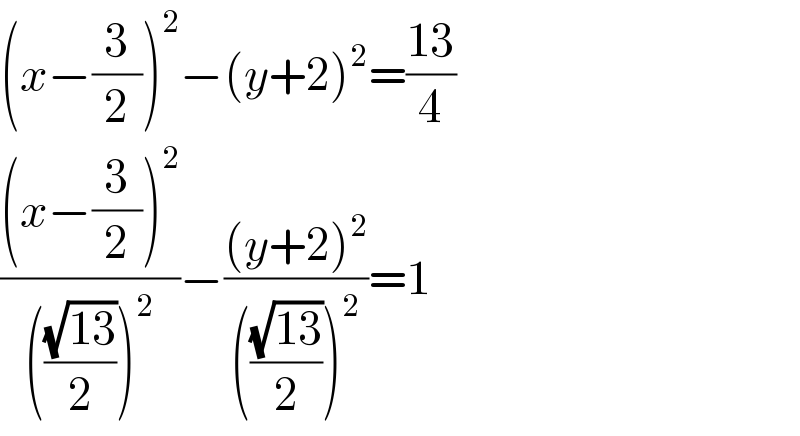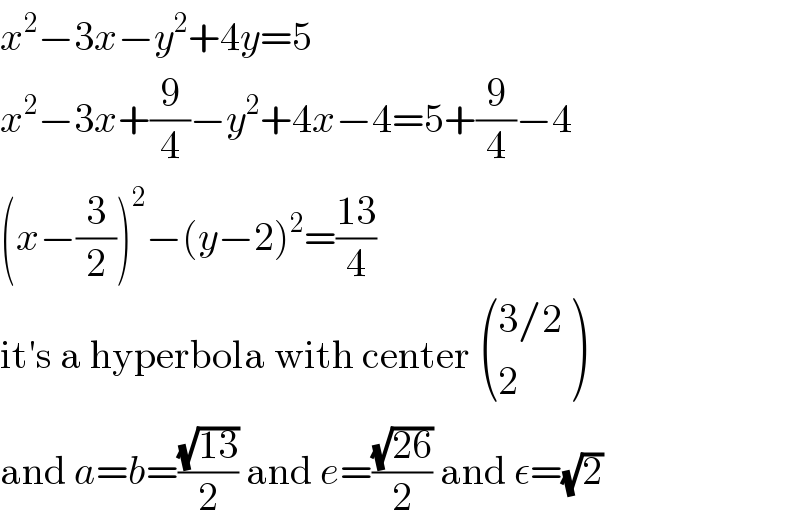
Question and Answers Forum
Question Number 122319 by help last updated on 15/Nov/20

Commented by help last updated on 15/Nov/20

Answered by 676597498 last updated on 15/Nov/20

Answered by MJS_new last updated on 15/Nov/20

| ||
Question and Answers Forum | ||
Question Number 122319 by help last updated on 15/Nov/20 | ||
 | ||
Commented by help last updated on 15/Nov/20 | ||
 | ||
Answered by 676597498 last updated on 15/Nov/20 | ||
 | ||
| ||
Answered by MJS_new last updated on 15/Nov/20 | ||
 | ||
| ||